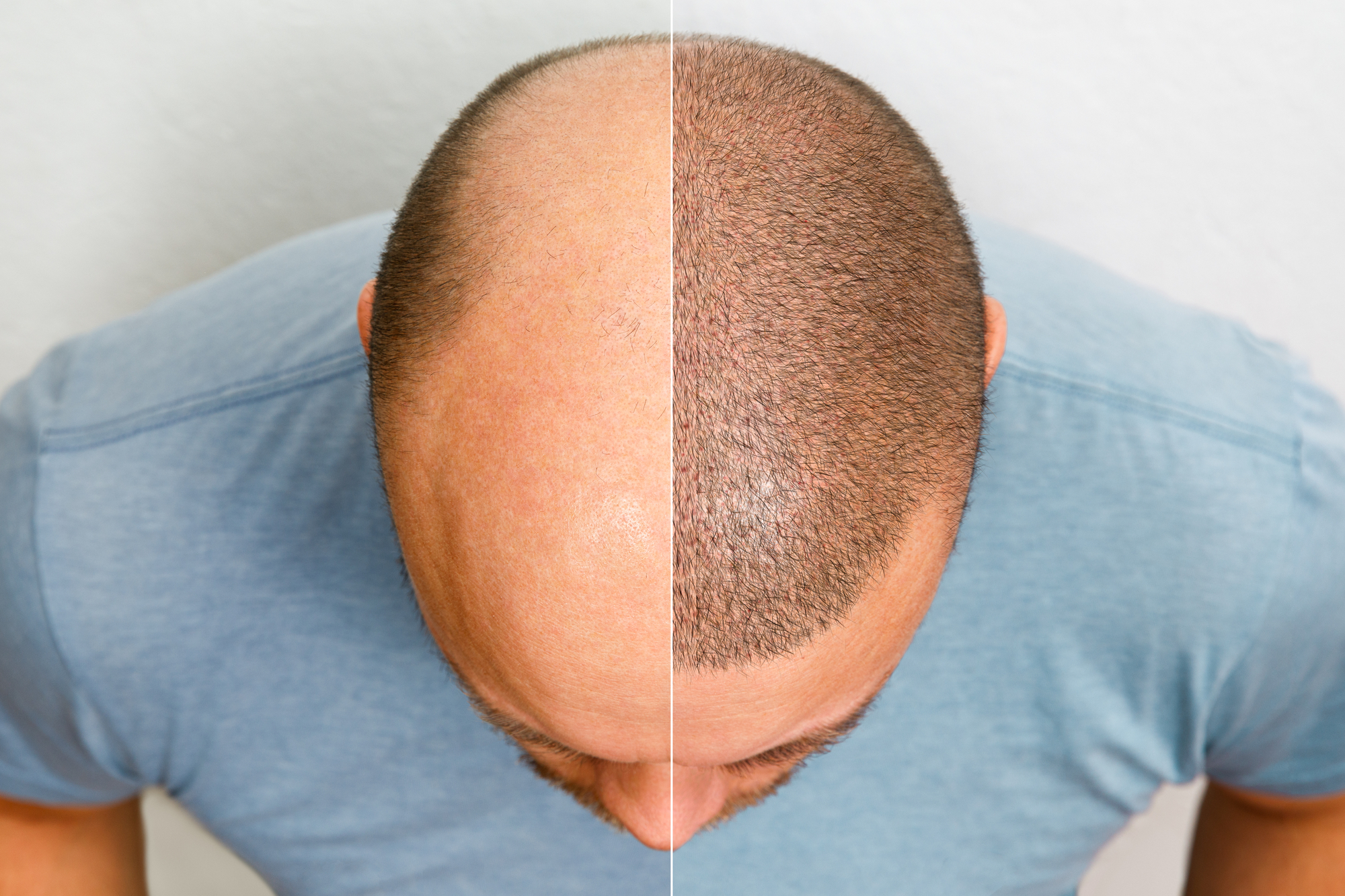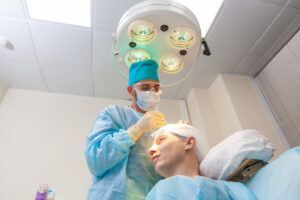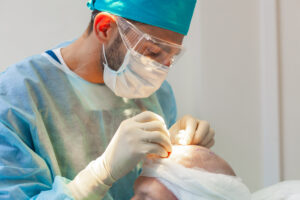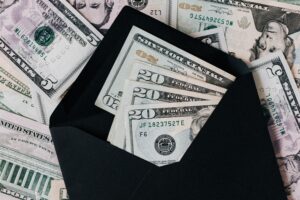It is likely that if you have ever entertained the thought of undergoing a hair transplant procedure, you have probably pondered what the subsequent healing period may be like in your head. How long does it take to recover from a hair transplant? Will there be any discomfort during the procedure? Will there be a significant scar on the back of my head as a result?
Many people, given the transformational nature of a hair transplant treatment, imagine that it is a large and invasive surgery. This is because the procedure involves the transplantation of hair follicles. Therefore, it may come as a surprise to hear that hair transplants are actually a relatively simple and uncomplicated process that is minimally invasive and, as a result, connected with a short period of recuperation time. The majority of patients who undergo a hair transplant are able to resume their regular activities within a day or two, with their newly implanted hair follicles primed and ready to produce new hair.
In order to help you in comprehending what the recovery process may include, we have explored a few key points regarding the recovery time following a FUE hair transplant treatment.
Things to watch out for
You will be given plenty of advice on recovery and how to look after yourself once you have had a hair transplant with Burbank, but here are some of the things to expect in the first ten days or so after a transplant.
1. Discomfort at both donor and recipient sites
It is normal for patients to have general pain for the first few days following a transplant, just as they would after any other type of surgical treatment. This pain is typically caused by a sense of tightness in the scalp. However, this should be rather minor, and you should be able to control the pain with over-the-counter medication.
2. Bleeding
It is possible that you will experience bleeding at the donor site and the recipient site intermittently for the first week after your surgery; however, this bleeding should not be continuous. In the event that you encounter bleeding, place a moist washcloth on the area and apply mild pressure for three to five minutes.
3. Swelling
A transplant also frequently causes a person to have some mild edoema as an additional adverse effect. Using cold compresses, sleeping with your head raised, and avoiding activities that put a lot of stress or strain on your body are all good ways to reduce swelling. We’ve covered this in more detail below.
4. Scabbing
After the bleeding and swelling have stopped, little scabs will form around each implant graft. This is the next step in the healing process. This happens after the grafts have been exposed to an acidic environment. If you pick at or scrape your scabs, you run the risk of preventing the grafts from taking root and growing properly. Wait for them to drop off in their own time.
Swelling
The hair transplant method is non-invasive, but it is still considered a surgical operation, and as such, it carries the potential for certain adverse effects. One of the most common things people say they feel after a hair transplant is swelling. It is a normal response that your body has in response to being hurt or shaken up. Even if the surgery is performed carefully and expertly, as it is at Burbank Hair Transplant, you can still have some swelling on your forehead and in the area around your eyes. In addition to the reaction of injured tissue, the fluids used to give local anesthesia during a hair transplant can also cause swelling. It is essential that you are aware that this is a normal and completely safe reaction that your body is having.
Even though it’s safe, the small amount of swelling might be a little uncomfortable. You can prevent this from happening by elevating your head when sleeping, applying a cold compress to the area that is swollen, and not going to bed on your stomach. Also, make sure you stay well hydrated and avoid physical activity as much as possible during this brief period of recovery.
Washing and bathing
You should begin soaking your head in the water for 10 minutes twice a day beginning the day after surgery. You should do this for as long as possible. Do this for about ten days or until the crusted scabs have fallen off. When taking a shower, ensure that the jets do not come into contact with the grafted region, and shower from the chest down. If the grafts are submerged for too long, they might grow and rise above the skin’s surface. It will not hurt the grafts in any way, but it does signal that you are soaking them for too long. It will dissipate once your scalp has dried.
Itching
In most cases, itching is a normal component of the healing process, and there is no need for alarm when it occurs. Dryness is a potential component that contributes to the problem. As the new hairs emerge, you may also experience a sensation of itching. Purchase an over-the-counter antihistamine if you find that the itching is making you uncomfortable. When you rinse your hair with shampoo, it is also possible that you are using more of the product than is necessary. If you believe that this may be the issue, use less shampoo and make sure that you rinse it out completely. Avoid scratching the scalp, as this could cause the grafts to become loose.
Numbness
It is possible that your scalp will feel numb, tingly, or another sensation along those lines for a brief period of time. Small nerve endings in the skin were cut while the donor grafts were being taken and the recipient sites were being made. These are the side effects of this action. In the majority of cases, this goes away on its own within a few months when the nerve endings re-grow.
For more information on the hair transplant recovery process and to book in for a consultation, get in touch with Burbank Hair Transplant today.



